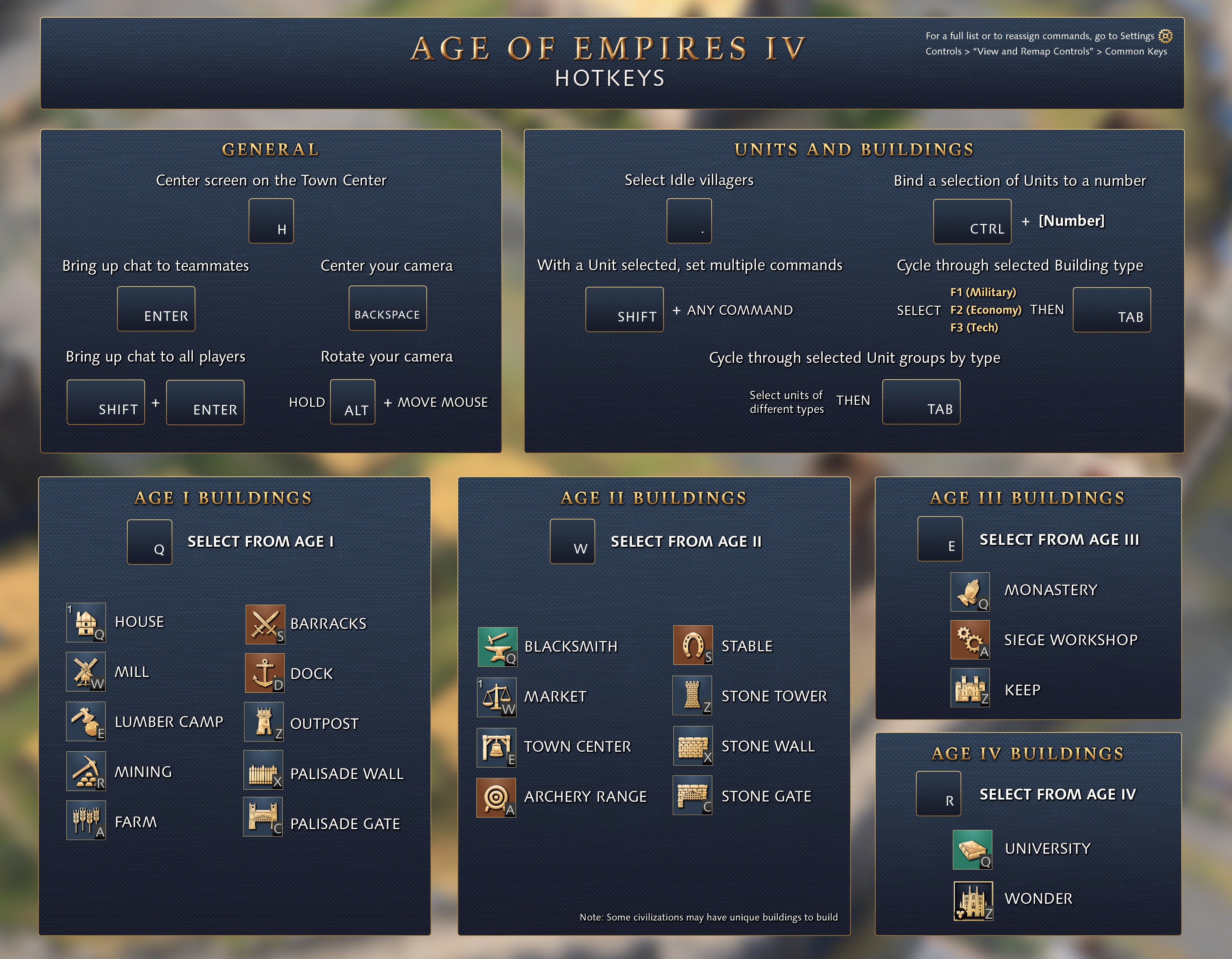

The following code, however, causes a compiler error because it does not use new, and because it tries to use an object that has not been initialized: int i Īlternatively, objects based on structs (including all built-in numeric types) can be initialized or assigned and then used as in the following example: int a = 44 // Initialize the value type. For more information, see the Parameterless constructors and field initializers section of the Structure types article.
Constructor game keyboard shortcut code#
For example, this code uses the parameterless constructor for Int32, so that you are assured that the integer is initialized: int i = new int() īeginning with C# 10, a structure type can contain an explicit parameterless constructor. However, this parameterless constructor is only invoked if the struct is instantiated with new. This constructor initializes each field in the struct to the default value. Public static double e = Math.E //2.71828.įor more information, see Private Constructors.Ĭonstructors for struct types resemble class constructors, but structs cannot contain an explicit parameterless constructor because one is provided automatically by the compiler.

You can prevent a class from being instantiated by making the constructor private, as follows: class NLog For more information, see Static Classes and Static Class Members. Unless the class is static, classes without constructors are given a public parameterless constructor by the C# compiler in order to enable class instantiation. For more information, see Instance Constructors. Parameterless constructors are invoked whenever an object is instantiated by using the new operator and no arguments are provided to new. public class TaxiĪ constructor that takes no parameters is called a parameterless constructor. The Taxi constructor is invoked by the new operator immediately after memory is allocated for the new object. This class is then instantiated with the new operator. In the following example, a class named Taxi is defined by using a simple constructor. Constructors have the same name as the class or struct, and they usually initialize the data members of the new object. When a class or struct is created, its constructor is called.


 0 kommentar(er)
0 kommentar(er)
